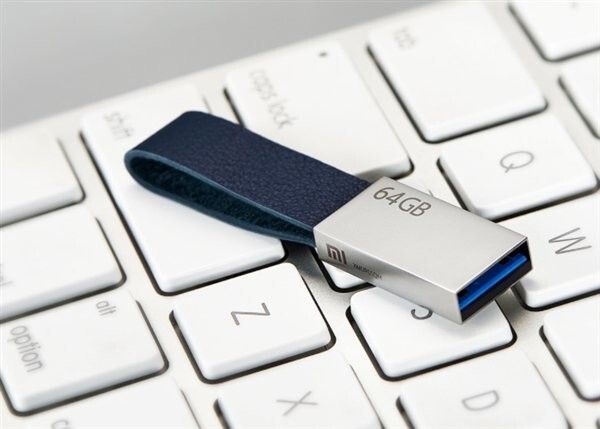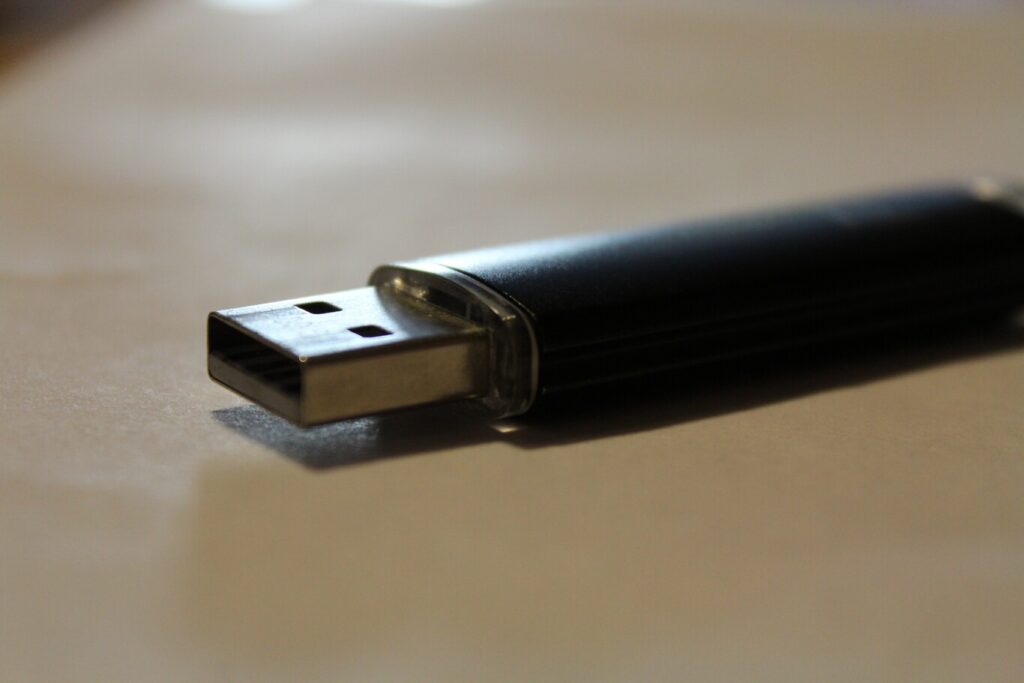Let’s explain what a Pen Drive or USB stick is and what this type of storage unit is for. In the computer world, there are different types of storage units, from internal ones such as mechanical hard disks or SSDs to external ones such as pen drives, SD cards, or external hard disks.
Let’s start by explaining in the simplest possible way what exactly a Pen Drive is, also known as a USB flash drive, clarifying why it can be confusing to call it just plain USB. Then, we will go on to tell you the main utilities of this type of storage in different contexts.
What is the Pen Drive or USB flash memory?

The Pen Drive is a data storage unit that you can connect to computers or other electronic devices, from smartphones to televisions or consoles, through its USB connector, hence it is known primarily as a USB memory. Its capacities and data transmission speeds depend on each model, as each manufacturer offers different sizes, and over time the speeds have been increasing.
As they are known as USB sticks, colloquially speaking you can end up telling someone if they want to lend us or put their photos inside a USB. Here, you should know that a USB is the type of connection used to insert peripherals into the computer or device.
Pen Drives emerged a couple of decades ago, aimed at being a more convenient and content sized replacement for other storage units at the time, such as floppy disks. Nowadays, there are drives that practically only have the size of the USB connector and a small chip, but the first models were more elongated, and as compared to other solutions they reminded of a pen, hence they started to be popularly called Pen Drives.
A USB flash drive consists of a circuit with the memory where data is stored, which is attached to a USB that you can connect to the device you want to access its storage. Once you have connected the USB drive, also known as a USB flash drive, from the device you can access the files stored on it or add other files to access them from other devices.
Occasionally, there may be USB flash drives that have a small physical tab to protect the drive from writing, although very few models have this. In addition, although normally the connector has always been a USB type A, the large ones, you can also find other formats such as USB type C, or other proprietary formats such as Apple’s Lightning.
This means that a Pen Drive can have a USB connector, the main reason why they are called USB memory, but can also have other types of connectors. Therefore, a Pen Drive will not always be a memory with USB, but a memory with USB or other connectors will always be a Pen Drive.
Not all Pen Drives today are elongated and reminiscent of a pen, hence what defines these devices today is no longer so much their shape or their connector, but their concept. It is a memory that is integrated within the same “pin” to the connector it uses. It does not require a connection between the memory and the connector, so other solutions such as portable hard drives would be left out.
What is a Pen Drive for?

The Pen Drive are units whose mission is to allow data storage in a portable device and a contained size. Therefore, the data will take up as little space as possible, and can be read or written from any device. Here, the storage of each Pen Drive can be formatted with different types of file systems, which are those that will make the contents of the memory accessible from one or other operating systems.
But the fact it can carry data in a small compact and portable device can also have different uses. The first is simply to carry documents or multimedia files to read them on any computer, files that you can open and write from anywhere even without being on your own PC, and which you can also access from a cell phone even though an adapter will ve required.
It also serves to introduce multimedia files that you can then use in players. A common thing, for example, is to put videos or photos of yourself or downloaded from the Internet and then play them directly on the TV. You can also play music with a USB slot, and many intermediate uses, as several devices can read different types of media files from these units.
It can also be used to back up either a large number of files or directly from your computer. When you make a backup, on devices such as computers the data can be saved on external drives, for example, USB sticks. In this type of copy, it is possible that the data is saved in an inaccessible or reproducible format, so you cannot play it back on other devices, but you can restore it later with the same operating system with which you made the copy.
You can also create a USB bootable, which can be used to repair your operating system or to install another operating system on your computer, either alongside your current one or by overwriting it. In addition, you can also use it for other things such as converting it into RAM to speed up the computer in a timely manner, a bootable USB to start the PC when it has failures, or other occasions, advanced, and not so common tasks.
Finally, since a few years ago you can also use the Pen Drive as a security key, which serves to verify your identity in two-step identification processes. This usually requires the use of specific programs with which to convert the USB into one of these security methods.
This post may contain affiliate links, which means that I may receive a commission if you make a purchase using these links. As an Amazon Associate, I earn from qualifying purchases.

